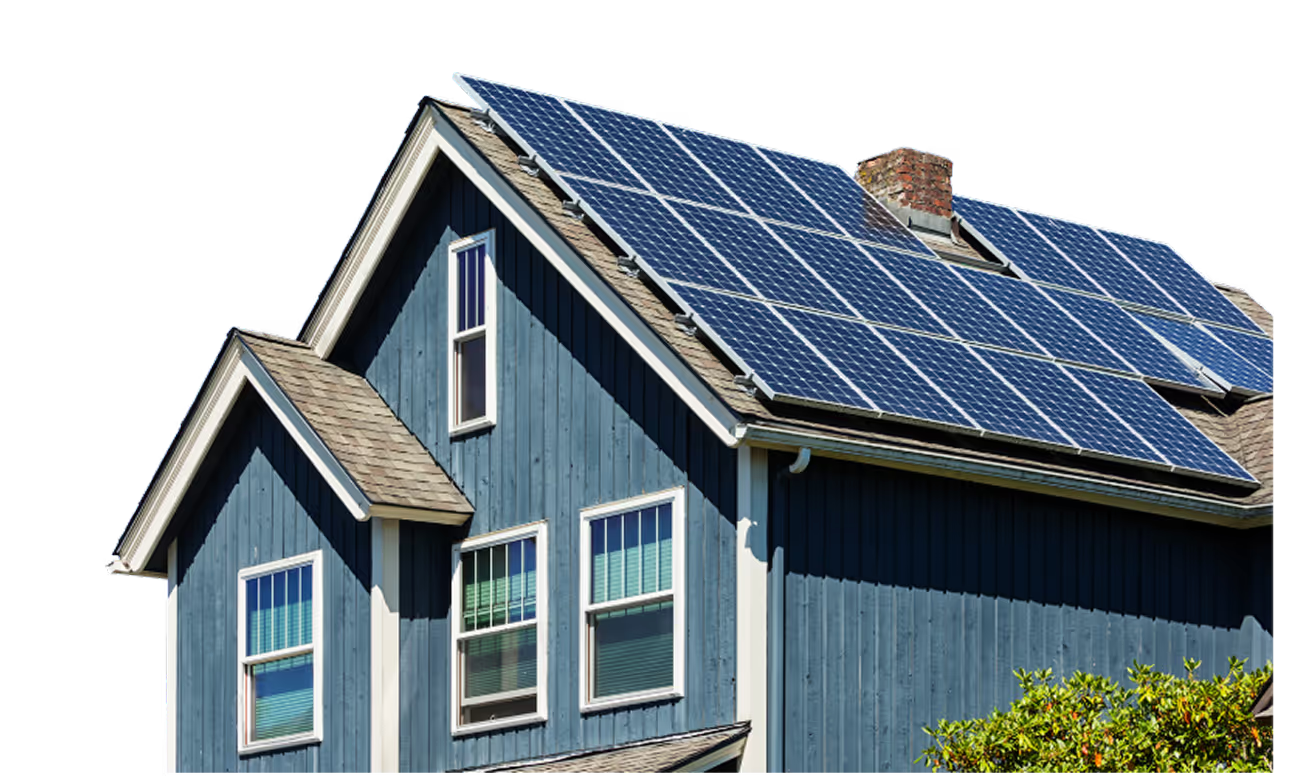
As the demand for solar panels continues to grow, many homeowners are drawn to the benefits of solar energy roof systems, including long-term savings and sustainability. However, a common concern frequently comes up: “Will installing solar panels cause roof leaks or damage my roof?” While improper solar panel installation can indeed result in issues like roof leaks, the good news is that these problems are largely preventable with the right preparation. By the end of this article, you will understand your options and be equipped to make informed decisions about your solar solutions without risking your roof.
Common Causes Of Roof Leaks
Roof leaks are a concern for many homeowners, especially when they are considering the installation of solar panels. While it’s natural to worry about roof leaks, the relationship between solar panels and roofing issues is often misunderstood. By understanding the primary reasons why roof leaks occur, homeowners can address underlying issues before moving forward with solar installations.
Aging Roofs
Your roof wears down as materials degrade from weather and temperature changes., causing gaps and weak points that increase leak risk
Falling Debris
Debris, especially from nearby trees, can cause sudden roof leaks. GetSolar have seen cases where heavy branches fall onto roofs, damaging tiles and leaving openings for water to seep in.
Weather Damage
Severe weather—like storms, heavy rain, hail, and strong winds—can harm roofs, loosening shingles and worsening cracks, which may lead to hidden leaks.
Poor Initial Installation
Improper installation around areas like chimneys and vents can cause leaks if not correctly sealed, allowing rain to seep in.
Lack of Regular Maintenance
Regular maintenance is key to a leak-free roof. Small issues like missing shingles or clogged gutters can trap water and hold moisture, leading to damage over time.
Do Solar Panels Cause Roof Leaks?
Rest assured, properly installed solar panels rarely cause roof leaks. However, certain issues can arise based on the type of roof and the installation process.
For instance, tile roofs are more prone to leakage, from our experience around 2-3% of homeowners may experience minor leaks after solar installation. This can sometimes happen because tiles are not fully put back in place after the panels are mounted. Fortunately, these leaks are easy for homeowners to notice, and with a quick inspection and proper re-adjustment of roof tiles, the issue can be resolved.
In the case of metal roofs, a large majority of them do not require any drilling or penetration during the installation process. However, leaks can sometimes occur around the roof flashing where the separation between the metal roof sheet and the concrete wall, for example, enlarges due to increased weight on the metal roof. This kind of roof leakage can be identified when homeowners start to observe wet spots along the walls of the house. This is typically easy to fix by resealing or replacing the flashing.
Another common issue arises around ventilator pipes. If the areas surrounding the pipes are damaged or improperly sealed, water can seep through holes, leading to leaks. In these cases, inspecting and repairing the affected areas quickly can prevent further damage.
Overall, while solar panels themselves do not cause leaks, these common issues can arise depending on roof type and installation.
How To Avoid Roof Leaks Before Solar Installation
Before installing solar panels, it’s important to have a professional roof inspection rather than attempting a DIY approach. While DIY inspections might seem easy, it’s best to rely on experts who can identify problems that might not be visible to an untrained eye. Our sales advisors can provide guidance during the initial site survey, but a thorough inspection will be done by experienced workers before installation begins.
One of the simplest signs to watch for is wet spots or stains on false ceilings, plaster ceilings, or attic floors. These could be indicators of water infiltration, meaning there may already be a leak somewhere in your roof that needs to be fixed before moving forward with the solar panel installation.
By having a professional inspection and addressing any existing roof issues beforehand, you can ensure that your solar panels are installed on a sturdy, leak-free surface, protecting both your home and your solar investment. At GetSolar, our sales advisors provide valuable guidance during the initial site survey to identify potential concerns. Detailed and thorough inspection will be carried out by our experienced workers before installation begins, ensuring your roof is fully prepared for a successful solar installation.
Solar Panel Installation Methods And Roof Protection
When installing solar panels, the method used depends heavily on the type of roof you have. Let’s explore the different approaches based on roof material and provide some key recommendations to ensure your roof remains leak-free during and after installation.
Metal Roofs

For metal roofs, mounting clamps are simply clipped and fastened onto seams of the rooftop without damaging the roof surface, ensuring no risk of leakage. This is a preferred method as it minimises interference with the roof’s integrity. At GetSolar, our expert installation team tailors methods based on your roof type, ensuring that no unnecessary drilling or penetration occurs, preserving your roof’s integrity.
Reinforced Concrete Roofs

For reinforced concrete roofs, solar panels can be installed using a non-penetrative method. Mounting frames are placed directly on the concrete surface and are secured by adding concrete ballasts or weights. Reinforced concrete roofs are particularly suited for this installation method, as they provide a stable base that supports the weight of both the mounting structure and solar panels, keeping everything firmly in place.
Tile Roofs

Solar panel installation on tile roofs will involve temporarily removing some roof tiles to secure mounting brackets onto wooden rafters that are typically underneath the roof tiles. Once brackets are installed, roof tiles are put back in place. This is where careful handling is crucial to avoid potential leaks. For these types of roofs, professional installation is essential to ensure that the roof remains well-protected.
For homeowners with tile roofs, one effective method to reduce the risk of any water leakage after solar installation is to coordinate for roof waterproofing in between the solar installation process, after mounting structures are put in place.
At GetSolar, we recommend for customers with older roof tiles to consider this approach. Roof waterproofing can include washing tiles and applying a waterproof coating to seal and protect the surface. Once waterproofing is complete, the solar panels are secured onto mounting structures without further shifting or repositioning of tiles.
This multi-step process helps prevent any potential leakage that might arise during installation. You can learn more about solar panel installation through our article here.
At GetSolar, we are dedicated to ensuring that our solar installations are done with the utmost care for your roof’s integrity. In our Rent-to-Own solar plans, GetSolar covers all out-of-pocket expenses for your rooftop solar system across the lifetime of your agreement, including any roof leakage that might occur as a result of our installations. Our team takes every precaution during the installation process, and if any issues arise, we are committed to fixing them promptly. This commitment not only ensures the protection of your roof but also offers homeowners peace of mind, knowing that you can rely on us to handle any roof-related issues while you sit back and enjoy the benefits of solar energy.

Rent-to-Own Solar for Business with Guaranteed Performance
Immediate ROI




Rent-to-Own Solar. $0 Upfront cost. Guaranteed Savings
(10-Year RTO plan)
+ 10-Year Free Maintenance










